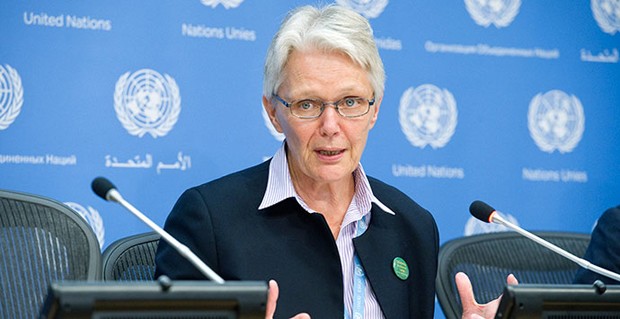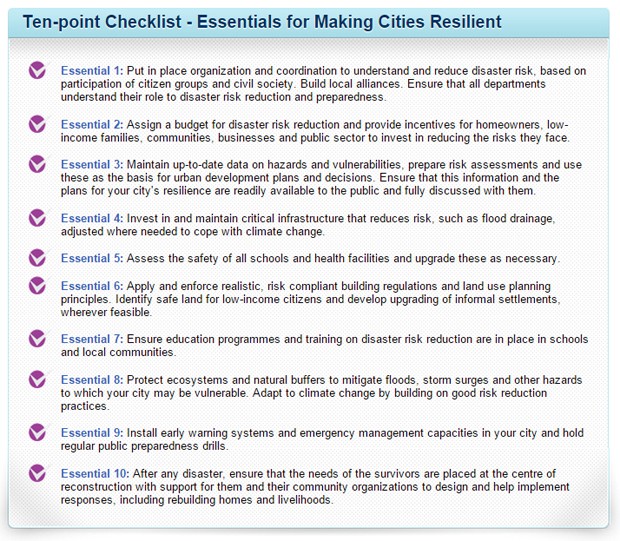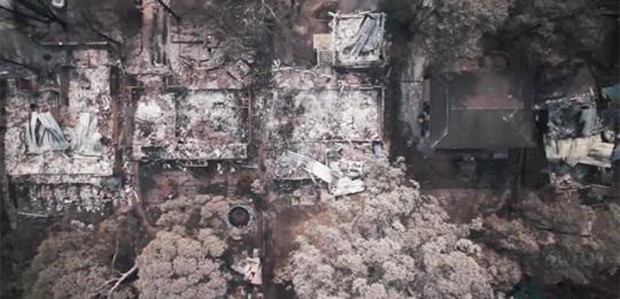If you cannot avoid losses from natural hazards, a new scorecard for measuring resilience to disaster can at least help to reduce them. The United Nations’ Office for Disaster Risk Reduction (UNISDR) scorecard measures how well prepared a city is for a disaster, including responding to and recovering from it. Developed by engineering and IT giants AECOM and IBM, the scorecard has extensive assessment categories based on the UN’s Ten Essentials for urban resilience. It helps identify where a city is most vulnerable, what actions it needs to take, and bottom-line, to justify investments.
Following on from the program’s pilot city Coimbatore in India, Townsville in North Queensland is one of the first places in the world to use the scorecard.
“As a city that is at huge risk of cyclones, planning and preparedness is paramount in developing a resilient community that can bounce back from disaster events,” says Townsville Mayor Jenny Hill.
Australia’s approach to disaster management has been praised by UNISDR Chief Margareta Wahlström as one of the best in the world, and other Australian cities that have signed up to the UNISDR Making Cities Resilient Campaign are Adelaide, Canberra, Cairns, City of Gold Coast, Gympie, Lake Macquarie City and Sydney.

Image: AECOM
“Embedding disaster risk management in business processes is increasingly seen as a key to resilience, competitiveness and sustainability,” says Wahlström (pictured). “The latest risk modelling estimates that losses so far this century are (about) $US2.5 trillion ($3.2 trillion). This is money that could be better invested in disaster resilient infrastructure.”
Michael Nolan, AECOM’s Global Lead for Climate Adaptation and Resilience, points to the potential effectiveness of prevention and preparedness, with one dollar spent on this said to save $6-10 in losses and recovery costs.

The 10 Essentials for Making Cities Resilient. Source: UNISDR
IBM’s Global Smarter Cities General Manager Michael Dixon adds that we need to make cities more resilient to disaster, especially as there are more extreme events around the world allied with a focus on sustainability, making it more important than ever to reduce existing levels of risk and avoid the creation of new risk.
New president to the Australian Sustainable Built Environment Council (ASBEC), Professor Ken Maher, also emphasised resilience for informing on the future of cities and regions. Developing appropriate skills to meet the needs of having a framework for a sustainable built environment, sustainable housing and infrastructure, “when climate change is clearly having an increasing impact”, is important to ASBEC.
David Lindner Prize winner for 2014, Ben Wollen, looks at a community-focused architectural response to the redevelopment of Winmalee in the Blue Mountains after the 2013 bushfires. He argues in the latest NSW Australian Institute of Architects’ Architecture Bulletin that future resilience to the increasing risk of devastating bushfires, however prepared the house and household are, still needs something like a “community bushfire refuge” as shelter for those who flee the firestorm late.
The shelter might later become a community centre or early preparation centre for the local community.

Winmalee after the bushfire. Image: Ben Wollen. Source: Sydney Architecture Festival

